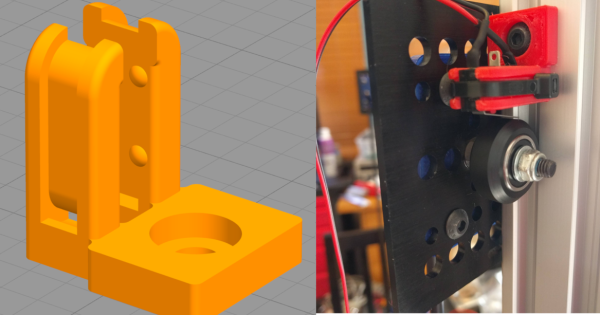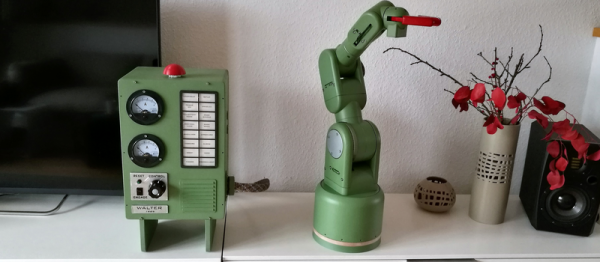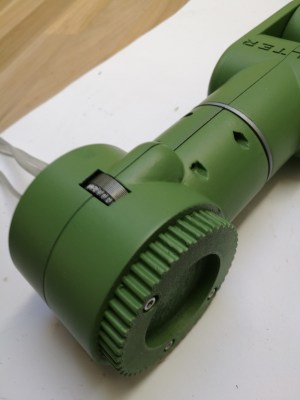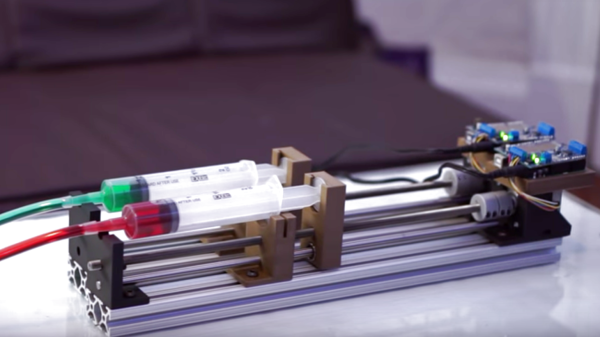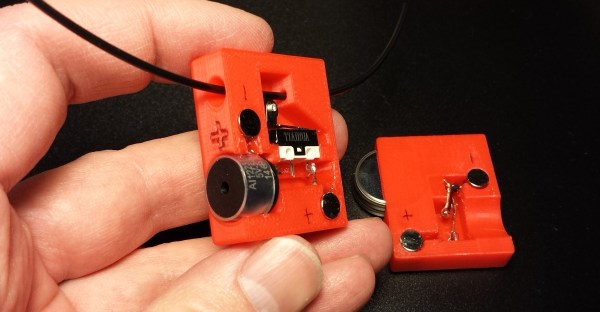In the course of building a new delta printer, [thehans] decided he needed his own endstop design that used minimal hardware. Endstops are just switches that get hit when the printer moves at the extreme of an axis, but [thehans] wanted something with a bit of refinement for his BigDelta 3D Printer build.
The result is a small unit that cradles a microswitch and needs only a single zip tie that mounts flush, resulting in a super tidy looking piece. In addition, it mounts on the delta’s v-slot rails such that the mount does not take up any of the machine’s range of motion, because the carriage can travel past it. It is a parametric design made in OpenSCAD, so feel free to modify it to accommodate other types of switches.

